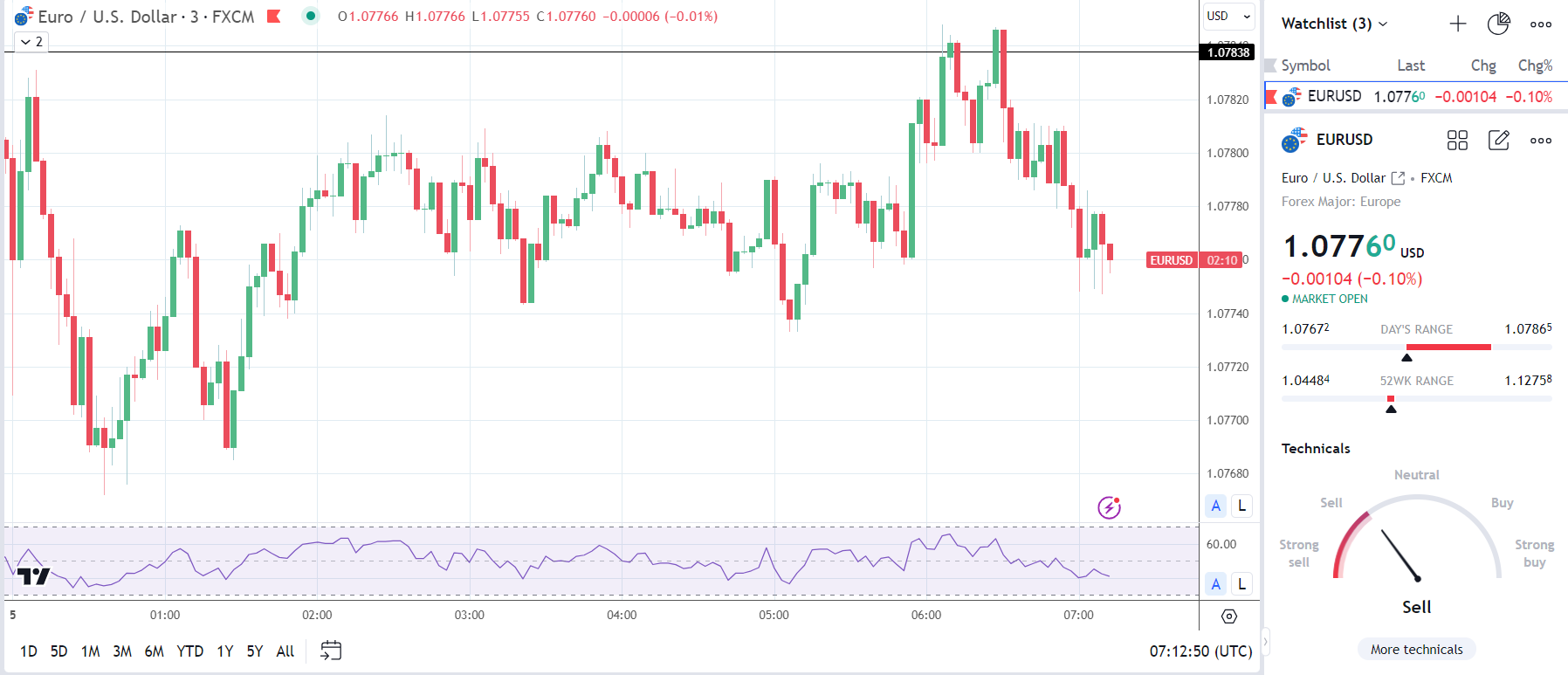
In December, Germany's trade surplus increased to €22.2 billion. Nevertheless, a significant drop in both imports and exports indicated a less robust demand environment.
Recent economic indicators from Germany continue to point towards an impending recession. In December, the German trade surplus grew from €20.7 billion to €22.2 billion, surpassing economists' forecast of a €18.8 billion surplus.
These latest statistics underscore the persistent weak demand environment affecting the German economy. Notably, the specific details reveal a more complex situation.
According to Destatis:
Regarding non-EU countries:
These recent German figures provide further support for the consideration of an April ECB rate cut. The weakening macroeconomic environment in Germany carries the potential to impact the broader euro area economy.
Preceding the trade data release, the EUR/USD reached a peak of $1.07865 before declining to a low of $1.07672. Subsequently, in reaction to the trade data, the EUR/USD surged to a high of $1.07786 before dropping to a low of $1.07747. By Monday, the EUR/USD had decreased by 0.10% to $1.07760.

050224 EURUSD 3 Minute Chart
Investor attention will be drawn to the Services PMI results from Italy and the final figures for France, Germany, and the Eurozone. Any upward revisions to the initially reported numbers for the Eurozone could alleviate concerns regarding a potential recession in the euro area. The preliminary survey suggests that the Eurozone HCOB Services PMI decreased from 48.8 to 48.4 in January.
In addition to the Services PMIs, investors should also take into account the producer price data for the Eurozone. A larger-than-anticipated decline in producer prices might bolster expectations of an ECB rate cut in April.
Economists view producer prices as a leading indicator of consumer price inflation. In a weaker demand environment, producers lower prices to attract new business. Downtrends in producer prices mitigate inflationary pressures driven by demand.
Economists predict a 0.8% month-on-month decrease in producer prices for December, following a 0.3% drop in November.
Later in the day, the US economic calendar warrants attention. The ISM Non-Manufacturing PMI and commentary from the Fed could sway investor expectations regarding a potential Fed rate cut in March. Economists anticipate a rise in the crucial ISM Non-Manufacturing PMI from 50.6 to 52.0 in January.
Furthermore, FOMC member Raphael Bostic will be under scrutiny.

Subscribe to our daily newsletter and get the best forex trading information and markets status updates
Trade within minutes!
Comment (0)